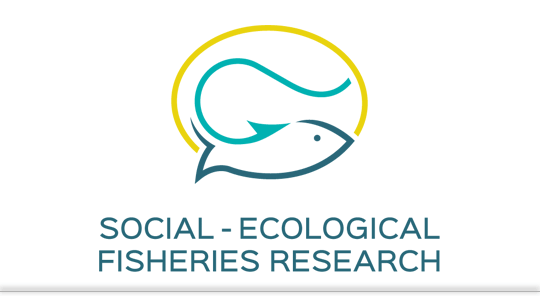Globally, freshwater ecosystems provide varied fishing opportunities (herein termed inland fisheries. From the depoths of the Laurentian Great Lakes to the shallow floodplains of the Ganges River, and from under-ice fisheries in Scnadinavia to the rice fields of Southeast Asia, fish and other aquatic life are omnipresent components of fluvial and lacustrine systems. Freshwater fishes generate many ecosytem services that extan beyond their use in fisheries (Holmlund & Hammer, 1999; Cowx & Portocarrereo, 2011). Give the diversity of freshwater fish assemblages, levels of fisheries productivity, clutural normas, density of human population and socioeconomic conditions, it is not surprising that there is immense variation in how, why and the extent to which freshwater fishes and other aquatic animals are exploited. Whether it be sustaining livelihoods thourgh the provision of essential nutrients, generating income, or enabling leisure time with family, inland fisheries are important. Although there are accepted definitions for the three fishing sectory (i.e. UN FAO - see below), ambiguities and exceptions remain that complicate appraisal and management.
Sustainable inland fisheries – Perspectives from the recreational, commercial and subsistence sectors from around the globe
Project Adaptfish , Chapter

Cooke, S.J., Nguyen, V.M., Dettmers, J.M., Arlinghaus, R., Quist, M.C., Tweddle, D., Weyl, O.L.F., Raghavan, R., Portocarrero-Aya, M., Agudelo Cordoba, E., Cowx, I.G. (2016). Sustainable inland fisheries – Perspectives from the recreational, commercial and subsistence sectors from around the globe. In: Conservation of Freshwater Fishes (eds. Closs, G.P., Krkosek, M., Olden, J.D.). Cambridge University Press, Cambridge, UK, 467-505
Published
: 2016
Appeared in
: Conservation of Freshwater Fishes (eds. Closs, G.P., Krkosek, M., Olden, J.D.). Cambridge University Press, Cambridge, UK, 467-505
